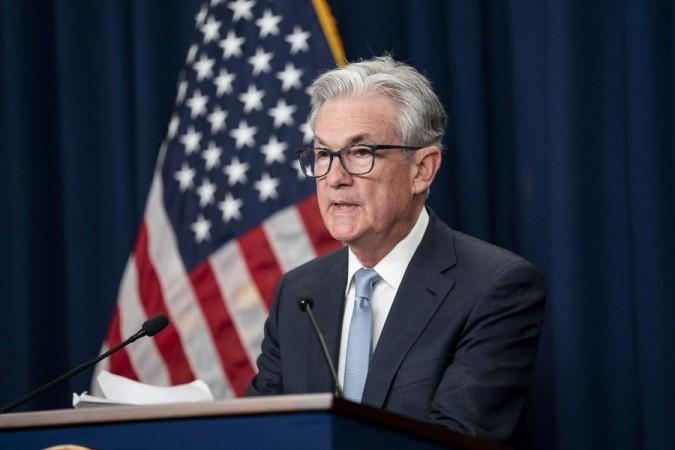Fed Rate Decision sends Indian markets high on trajectory, bullish momentum to continue

After a sideways start, the Indian benchmark indices gained momentum this week after a surprise 50 bps rate cut by the US Fed Reserve, as Sensex crossed 84,000 for the first time and Nifty hit a new all-time high.
As per market watchers, the apprehension of a slowdown in growth was eased slightly after the lower-than-expected US jobless claim and data pointed to a soft landing of the US economy at the start of the rate cut cycle. The ongoing bullish momentum is like to take Nifty towards 25,900-26,000 levels.
On the upside, 26,000 will act as an immediate hurdle for Nifty. “On the downside, 25,500 will serve as an immediate support for Nifty followed by 15-DEMA support, which is placed near 25,300 levels. As long as Nifty stays above 25,600, a ‘Buy on Dips’ strategy is advisable for traders,” said Hrishikesh Yedve from Asit C Mehta Investment Interrmediates.
Following the Fed’s rate revision, Indian markets have seen renewed buying interest, particularly in sectors that had previously experienced selling pressure. “The resilience of the Indian markets is providing additional strength to the rupee. Key support levels for the rupee are seen at 83.60-83.65, while resistance lies in the range of 83.40-83.30,” said Jateen Trivedi from LKP Securities.

The rupee traded positively with gains of 0.10 at 83.53, supported by continued weakness in the dollar index, which is trading at 52-week lows.
Analysts saw a sectorial rotation among investors to large caps, especially in consumption, staples, auto, finance, and realty. In the short term, investors are being cautious on export-oriented sectors like pharma and IT due to depreciation in the dollar, they added.
Gold traded very positively, reaching an all-time high in Comex above $2,610, driven by strong liquidity inflows from the US Fed following a significant rate cut. Analysts said that the outlook for gold continues to favour upward momentum, with further rate cuts likely boosting prices.
(With inputs from IANS)